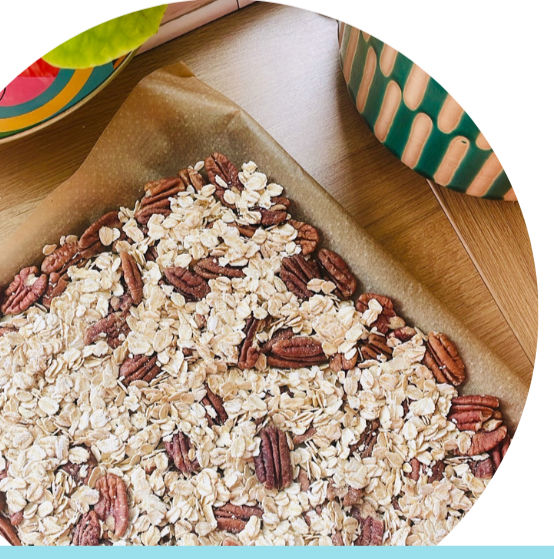Vitamin D production, Sunshine and the Shadow Rule..
- lucy9778
- May 10
- 4 min read

Summer is almost here, or it might have already been for those living in the UK.. We have had some great weather so far this spring.. Let's hope it continues! We all know vitamin D is something we should be supplementing through the winter months ( I hope you are all doing so) The question is, how do we safely produce enough Vitamin D in the summer months without risking the health of our skin? The Shadow rule is possibly one very easy way to keep ourselves safe whilst producing the Vitamin D we need.
The shadow rule.. The Science Behind It.
The 'Shadow Rule' is a simple guideline stating that when your shadow is shorter than your height, the sun is high enough in the sky for effective vitamin D production. This typically occurs when the sun’s angle is above 45 degrees. A study published in a very renowned dermatology journal and discussed in an article from the European Geosciences Union explains that the intensity of ultraviolet radiation (UVR) is directly related to the sun’s altitude. When the sun is higher, UVB rays are more intense, enhancing vitamin D synthesis .
Our bodies synthesise vitamin D when UVB rays from the sun hit our skin. The key factor, as mentioned above, is the sun’s angle in the sky.
Short Shadow (Midday Sun): When our shadow is shorter than our height, the sun is high in the sky, and UVB rays are strong. This is the best time for vitamin D synthesis.
Long Shadow (Morning/Evening Sun): When our shadow is longer than our height, the sun is lower in the sky, and most UVB rays are absorbed by the atmosphere. This means little to no vitamin D production.
If our shadow is nearly gone, UVB exposure is at its peak - this is the most dangerous time to be in the sun unprotected.
If you’re looking to optimise vitamin D production, aim for sun exposure when your shadow is shorter than you. This usually happens around midday (11 AM - 2 PM), depending on your location and season.
The amount of time you need in the sun, without sunscreen, to produce enough vitamin D depends on several factors including skin type, latitude, season, time of day and how much skin is exposed.
Sunscreen & Vitamin D - SPF (Sun Protection Factor) blocks the process of vitamin D synthesis by absorbing or reflecting UVB rays, which are the key wavelengths needed for our skin to produce vitamin D.
How SPF Works Against UVB Rays
SPF 15 blocks ~93% of UVB rays
SPF 30 blocks ~97% of UVB rays
SPF 50 blocks ~98% of UVB rays
Since vitamin D production relies on UVB penetration, higher SPF reduces the amount of UVB reaching the skin, significantly lowering vitamin D synthesis. In theory, if applied perfectly and reapplied regularly, sunscreen could almost completely block vitamin D synthesis. However, studies show that in real life, people don’t apply enough sunscreen or miss spots, allowing some UVB to reach the skin and produce vitamin D.
Let's take a look at how long we actually need, sunscreen free, to allow this synthesis to happen.. and it really doesn't need much.
General Guidelines are:
Light skin tone/easily burns: 10–30 minutes, a few times per week
Medium skin tone/easily tans: 15–40 minutes, a few times per week
Dark skin tone: 30–90 minutes, a few times per week
Balancing Sun Protection and Vitamin D
To stay safe in the sun whilst also wanting to utilise this process there are a few things we could do.
Get 10–30 minutes of sun exposure before applying sunscreen (depends on skin type, location, and time of day).
Expose larger areas (arms, legs) to increase vitamin D production.
If you don't have the opportunity to be or choose not to be in the sun at these times without sunscreen, perhaps due to work conditions, health reasons or preference, consider a vitamin D supplement all year round.
If you opt for the use sunscreen after initial exposure option, after your short, intentional exposure time, apply SPF 30+ to protect against skin aging and cancer.
If you would like to check your vitamin D levels consider a blood test.
If you’re unsure about your vitamin D status or at risk for deficiency (e.g. darker skin, older age, low sun exposure), a 25(OH)D blood test can guide safe supplementation.
So, as always, our individual lifestyles really matter here. What we do for a job, where we live, skin tone, time spent outdoors, tolerance etc all count. Whether you choose to spend a little purposeful time in the sun before applying cream or opt to supplement with a lower dose in summer months, Vitamin D is essential all year round. But we also need to take good care of our skin health and not overexpose ourselves to the dangers that come with spending too much time in the sun unprotected.
Any questions or suggestions needed for blood testing, supplement amounts or anything else get in touch.
Lucy B x




Comments